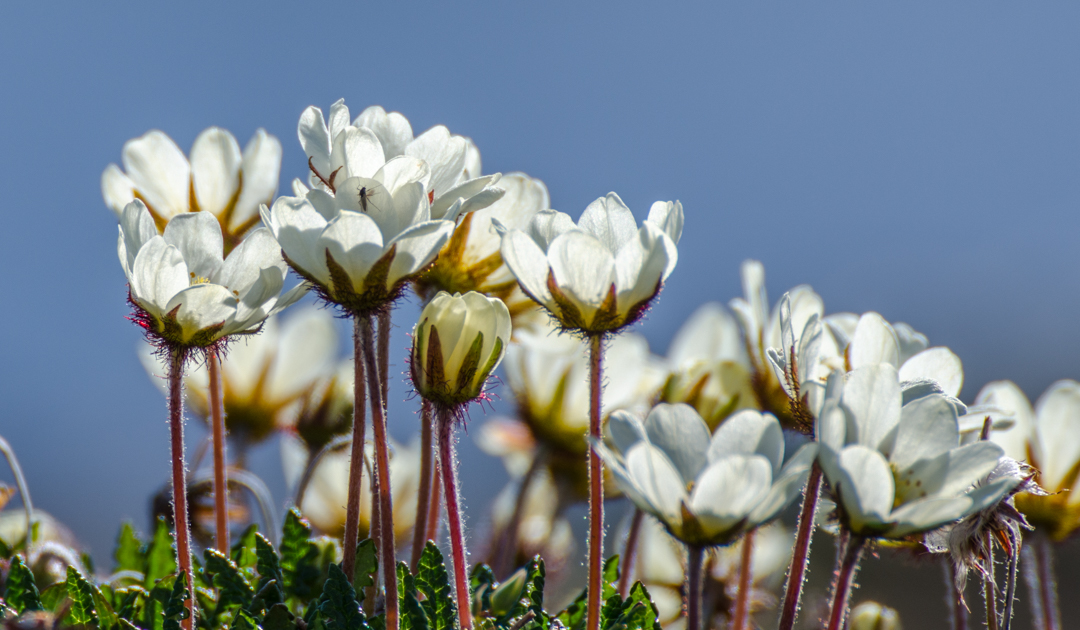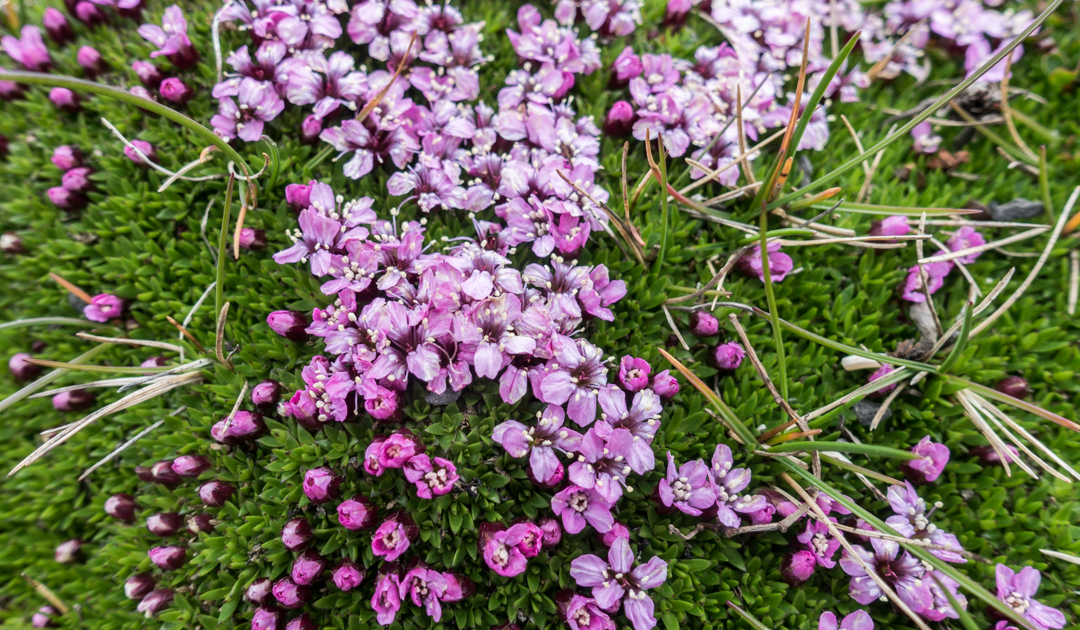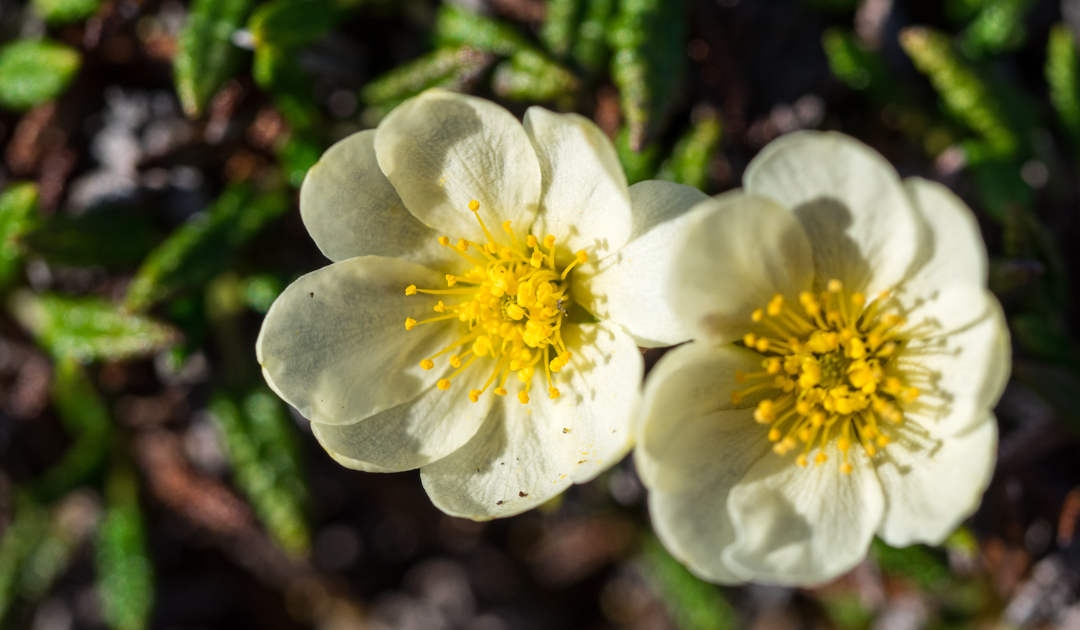
As in other regions, plants in the Arctic depend on insects as pollinators. However, bees or bumblebees are hardly found in the Arctic polar regions, so flies are the main pollinators. Competition for them is particularly fierce when many plant species are flowering simultaneously. Researchers at the University of Helsinki found that the higher temperatures caused by climate change lead to an ever greater overlapping of flowering times of different plant species.
The arctic summer is short and must be used best by its inhabitants. Among the plants, therefore, flowering advances rapidly to quickly attract winged pollinators. The main flowering period lasts less than three weeks in the region of the current study, in the Zackenberg valley in northeast Greenland.
“Most flowering plants are dependent on the pollination services provided by insects. Thus, plants need to time their flowering to periods of maximal pollinator abundances. On the other hand, plant species compete with each other for pollination. Thus, plant species flowering at the same time can affect each other’s pollination success. Temperature is one of the most important environmental determinants of the onset of flowering. As the climate warms, plant species change their flowering periods, thereby changing their competition for pollinators”, explains Mikko Tiusanen, a researcher at the University of Helsinki’s Faculty of Agriculture and Forestry and lead scientist of the study, published a few days ago in the journal

Arctic insects are all over Avens
In northeast Greenland, warming is progressing twice as fast as the global average, which is why the researchers studied the relationship between plants and their pollinators there. “The most common flowering plant in this region is Avens, a widespread and abundant flowering species. The shape of an Avens’ flower is an open, white cup of nectar, irresistibly attractive to any pollinators around. In our comparisons, Avens was found to attract many more visitors than other plant species. When in bloom, it thus monopolizes insect pollination services at the expense of other plants in flower”, says Tiusanen.
The scientists studied the time of flowering of different plant species under different environmental conditions and found that higher temperatures lead to a shortening of the flowering period. In particular, the flowering of Moss Campion (

“To me, the Arctic represents a planetary research laboratory for studies of climate change”, says Tomas Roslin, Director of the Joint Research Group of the University of Helsinki and the Swedish University of Agricultural Sciences (SLU). “The climate of this region is now changing twice as fast as the global average. What this means is that what happens in the Arctic today may later occur in the rest of the world. At the same time, relatively low species richness in the Arctic allows us to resolve their interactions in great detail. But scientific reasons are only half the arctic appeal. Northeast Greenland is one of the most beautiful areas in the world, and at the same time one of the largest uninhabited areas in the world. When studying insects here, you may even run into a polar bear. Such a combination keeps the researchers alert and awake.”
Julia Hager, PolarJournal
More on the subject:





